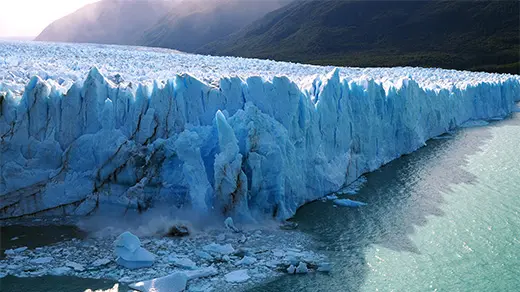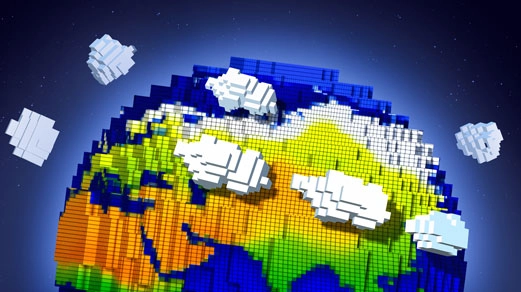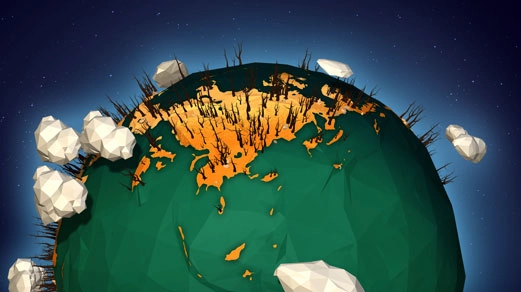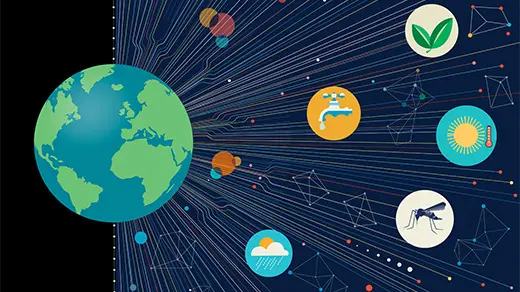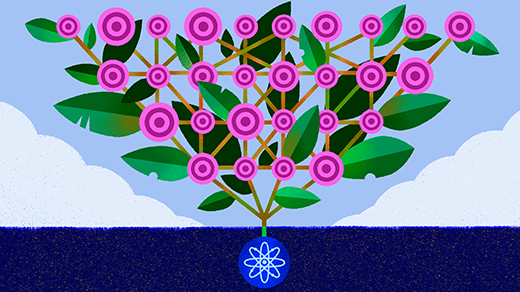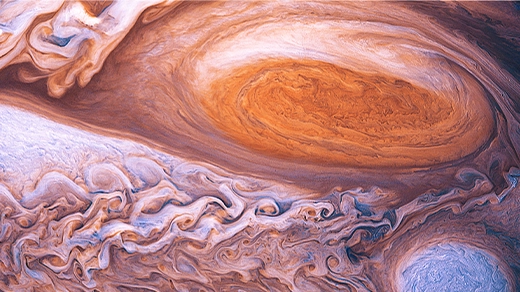What's up in
Complex systems
Latest Articles
How Soon Will the Seas Rise?
The uniquely vulnerable West Antarctic Ice Sheet holds enough water to raise global sea levels by 5 meters. But when that will happen — and how fast — is anything but settled.
The Climate Change Paradox
Earth’s climate is chaotic and volatile. Climate change is simple and predictable. How can both be true?
How Climate Scientists Saw the Future Before It Arrived
Over the past 60 years, scientists have largely succeeded in building a computer model of Earth to see what the future holds. One of the most ambitious projects humankind has ever undertaken has now reached a critical moment.
The Math of Catastrophe
Tipping points in our climate predictions are both wildly dramatic and wildly uncertain. Can mathematicians make them useful?
How Can Regional Models Advance Climate Science?
Elfatih Eltahir explains why we need more local and social data, like disease spread and population growth, to better predict and address climate-related challenges.
The Strange Physics That Gave Birth to AI
Modern thinking machines owe their existence to insights from the physics of complex materials.
Why Everything in the Universe Turns More Complex
A new suggestion that complexity increases over time, not just in living organisms but in the nonliving world, promises to rewrite notions of time and evolution.
Physicists Pinpoint the Quantum Origin of the Greenhouse Effect
Carbon dioxide’s powerful heat-trapping effect has been traced to a quirk of its quantum structure. The finding may explain climate change better than any computer model.
The New Math of How Large-Scale Order Emerges
The puzzle of emergence asks how regularities emerge on macro scales out of uncountable constituent parts. A new framework has researchers hopeful that a solution is near.
